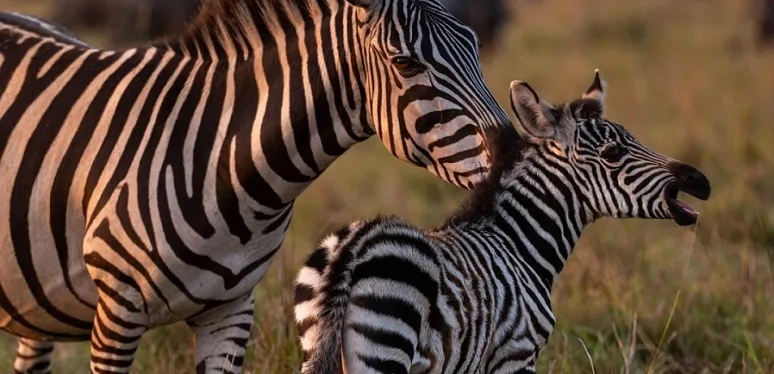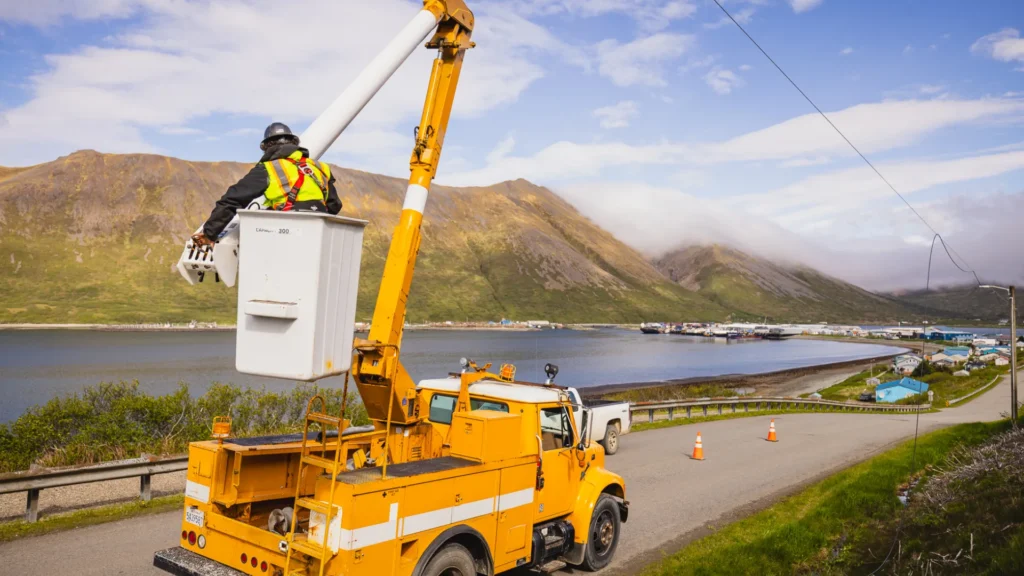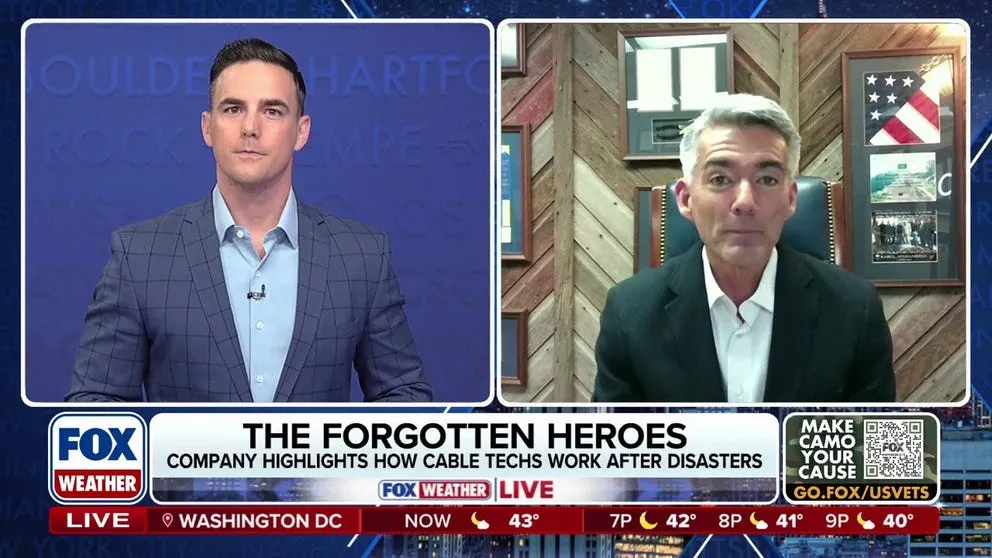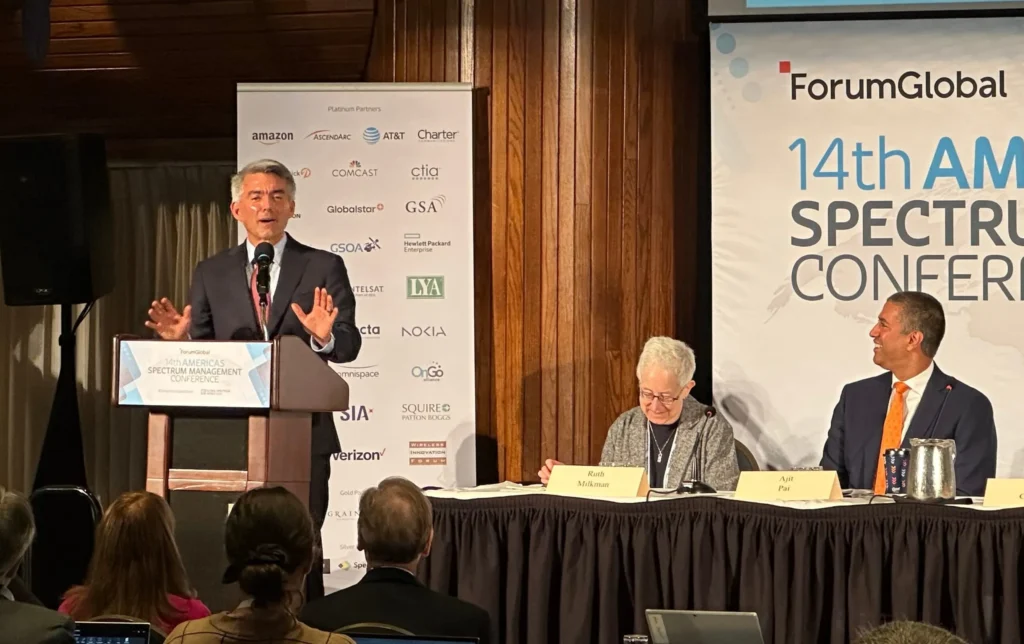What does it take to create an extraordinary and authentic nature series about the arduous journeys that animals make out in the wild? Time, patience, cutting-edge technology, and a large crew of filmmakers, producers, and scientists. NCTA recently had the privilege to interview Sarah Gibbs and Mark Brownlow, the executive producers of National Geographic’s newest series, “Incredible Animal Journeys,” to learn more about how a production of this magnitude is put together, which was filmed over the course of three years on all seven continents.
Read a few highlights from the interview below:
What motivated the decision to film the series over three years?
Sarah Gibbs: It takes a while to make natural history. Mark will testify to this. We also had the curse of COVID, of course. But the idea was to film animal behavior over time, distance, and geography. It’s hard to do in a single season. Filming over three years allowed us to raise the bar and tell incredible stories about the world’s most incredible animal journeys. We want to do them justice. (And, sometimes we need to wait because you can write a script, but the animal won’t read it!)
Mark Brownlow: The luxury of time afforded numerous firsts – extraordinary achievements in the series. For instance, we filmed at the Holy Grail of underwater filmmaking, which is a humpback whale birth. After the excitement of the moment, the males turned to create a protective screen as the mother gave birth – never filmed before – to an extraordinary moment of drama when a dying humpback whale entangled in plastics is rescued by a passing whale, who fends off sharks and raises the dying humpback whale to the surface to assist her breathing. That is a moment you can never plan for but is only possible through time in the field. It’s also a demonstration of animal kindness and an act of selfless altruism.
Sarah Gibbs: You could go somewhere for five weeks and the animals might not turn up. That’s why you have to be very patient.
How much collaboration is involved in this kind of production?
Sarah Gibbs: The core team and office had about 30 people, and around the world, over three years, around 415 crew were involved. Collaborating with scientists was crucial for this Nat Geo and Disney series. Nat Geo has a great heritage and reputation of working with scientists and explorers. We want to be pushing the bar. You can’t film humpback whales without working with scientists. We are above all about animal welfare. We’re here to celebrate these animals. We’re not here to harass or house them. We have to really think about how to film these really intimate moments in their lives.
We worked closely with scientists studying the animals to truly understand their behavior. Our partnerships contributed to scientific research, and with our footage being used for new scientific papers.
What is your hope for what will come out of this series? What do you want viewers to take away?
Mark Brownlow: For me, I like to go back to the swallow story in the “Frequent Fliers” episode. The little swallow that lands in your backyard has undergone a gargantuan journey, overcome numerous trials from the Sahara Desert. Dodging leaping fish, coping with droughts, coping with hundreds of obstacles. And yet it’s made this incredible journey. In order to care for an animal, in order to protect it, you have to understand it and see what it can do. Our feeling is that hopefully we can foster a new respect for these extraordinary voyages and full protection for these animals in the future.
Sarah Gibbs: Our planet is amazing. These animals are amazing. Previous generations of these animals still had obstacles of course – for example, a zebra might face a crocodile or a lion. A humpback would face an orca. But now a lot of the obstacles these animals face is due to what we’ve [humans] put in their way. Roads, cities, noise from boats, fishing gear. The more you see how amazing these animals are, the incredible journeys that they make and they navigate from using the sun, moon, and stars, the more you want to protect their world. If we can protect these animals, then we can protect our planet.
National Geographic’s “Incredible Animal Journeys” premieres this Sunday, November 19.








